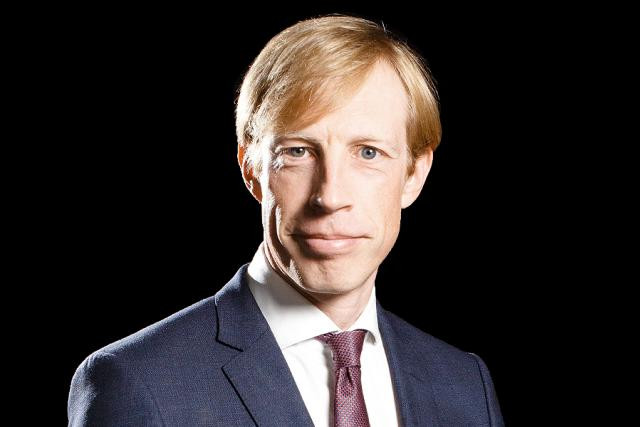It seemed peculiar at first. A fund vehicle which did not need to be approved by the CSSF and still allows for all the perks of a SIF/SICAR? What would initiators and investors say? After all, was it not the supervision by the CSSF that brought them here?
What in the summer of 2016 may have initially felt like a regulatory sea change was in fact a mere logical evolution for Luxembourg’s regulatory regime. The directive on alternative investment fund managers (2011/61/EU, AIFMD) had already set that change in motion, when it came into force on 23 July 2013 with its recital (10) stating: “This directive does not regulate AIFs.” So far so good, but the AIFMD still required alternative investment funds (AIF) to appoint an alternative investment fund manager (AIFM). The large majority of SIFs and SICARs had to go forward appoint an AIFM now. On top of that, SIFs and SICARs had to go to the CSSF for prior approval only for them to come into being. What up to that point had looked like a sensible and sought after approach to supervision of funds and often times – much to the dismay of the CSSF – had even been called “light touch regulation” suddenly just seemed a bit out of touch.
The Luxembourg leg of the double-supervisory layer, i.e. the CSSF, had to give way, and so the RAIF was born.
Arne Bolch, Local partner (GSK Luxembourg)
Thanks to the AIFMD and its recital (10) requirements for regulation at AIF level as a prerequisite for an investment in an AIF were gradually abolished or mere AIFM supervision was held sufficient in other important European investor jurisdictions such as Germany.
It then slowly dawned on market participants that soon a double layer of supervision, direct CSSF and indirect AIFM supervision, would make Luxembourg SIF and SICAR perceived as cumbersome and slow in terms of time-to-market, possibly even outpaced by LPs and Sondervermögen available elsewhere. As the AIFM was here to stay, it became obvious that the Luxembourg leg of the double-supervisory layer, i.e. the CSSF, had to give way, and so the RAIF was born.
Now, a little over a year old there are approximately 150 entities on the list of RAIFs published by the RCS. This stands up very well compared to (i) its spiritus rector the SIF, which after 10 years currently counts 1,618 entities in total or approximately 160 SIFs per year and (ii) the SICAR standing currently at 288 entities (over 13 years of existence) or approximately 22 per year.
That at least already numerically the RAIF is closing in on the SIF and SICARs, seems, amongst others, due to the fact that materially, on the one hand, (a) it is indeed closely mirroring the SIF law and the SIFs’ features:
- both are reserved to well-informed investors (as a SIF/SICAR);
- RAIFs may be set up as an FCP or as a SICAV/SICAF taking any legal form also available for the SIF;
- a RAIF may be organised as an umbrella-fund.
The RAIF is also in principle subject to the principle of risk diversification and against that background it is market practice to apply the CSSF circular 07/309 on risk diversification for SIF to a RAIF mutatis mutandis. A RAIF comes at the “price” of:
- a minimum capital of EUR 1,250,000 to be reached within 12 months of its formation;
- and the annual payment of the “taxe d’abonnement” in the amount of 0.01%. This is the only tax to be paid by the RAIF.
On the other hand, (b) the RAIF may also qualify as a SICAR and its tax regime, provided, that it does also by exemption to the principle of risk diversification invest in risk capital as understood by the CSSF circular 06/241.
The take-up of the RAIF seems such that it slowly but surely replaces SIFs or SICARs.
Arne Bolch, Local partner (GSK Luxembourg)
Based on the above, the take-up of the RAIF seems such that it slowly but surely replaces SIFs or SICARs. Only to the extent that in particular private or certain institutional investors value the additional supervision by the CSSF or are simply accustomed to it, will the SIF and the SICAR keep a defining feature for themselves.
How the RAIF compares to the unregulated AIF taking the legal form of a common (SCS) or special limited partnership (SCSp) is difficult to measure as no publicly available statistics on their number exist. It is noteworthy that initiators and investors of an SCS or a SCSp however will not be able to make use of the above mentioned features of a RAIF (i.e. sub-funds or a corporate form for their AIF, i.e. an SA/SCA) but will also be exempted from “paying its price”, i.e. risk diversification and minimum capital requirements as well as the “taxe d’abonnement”.
